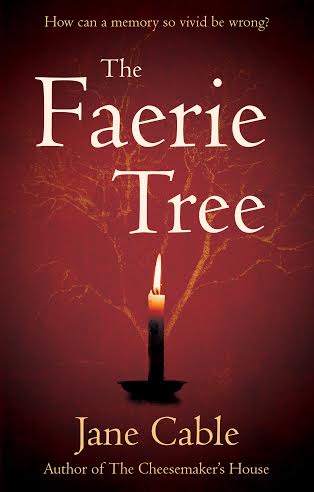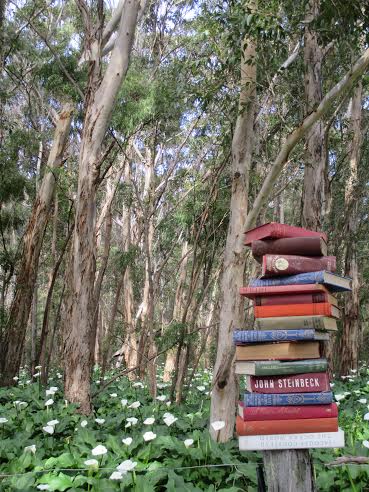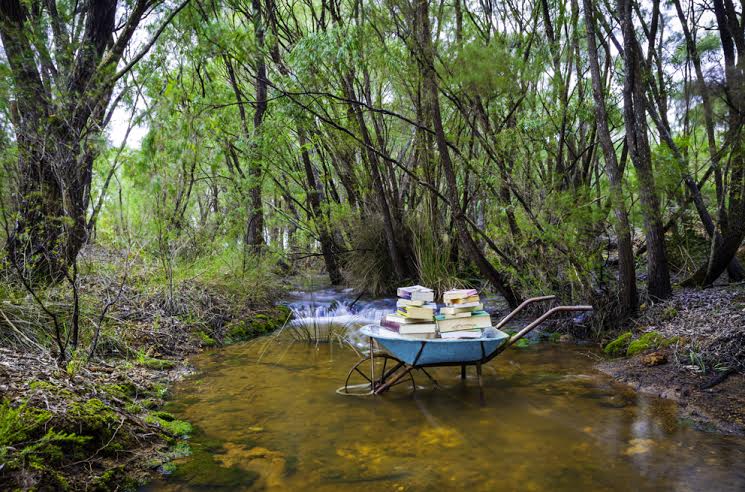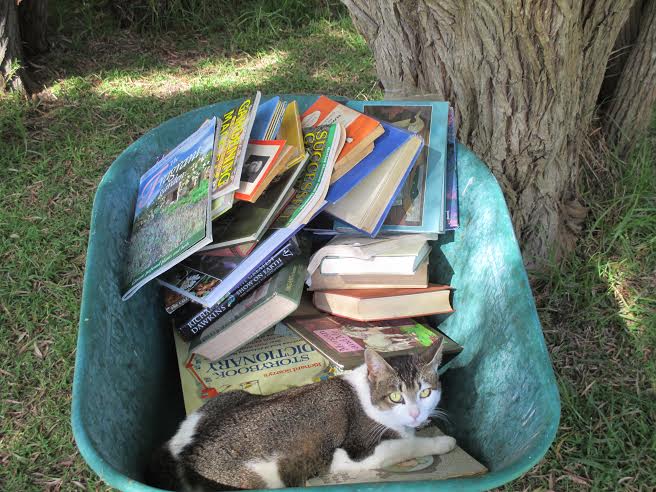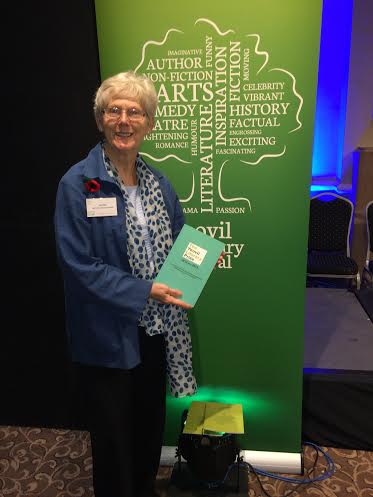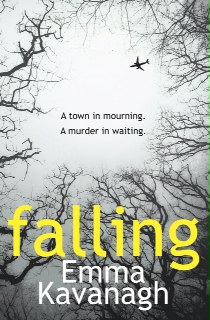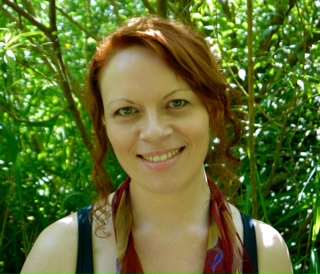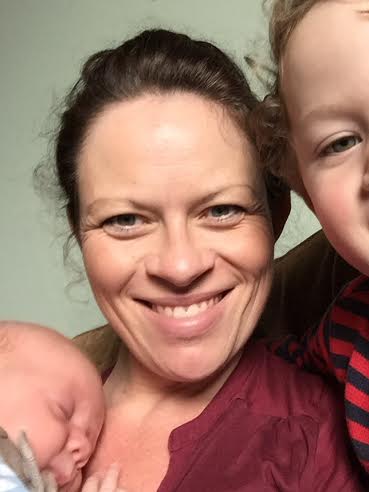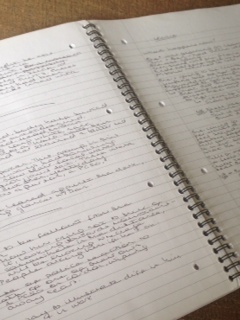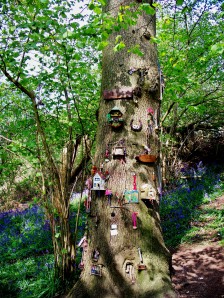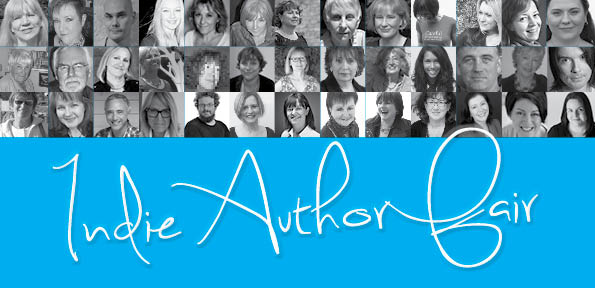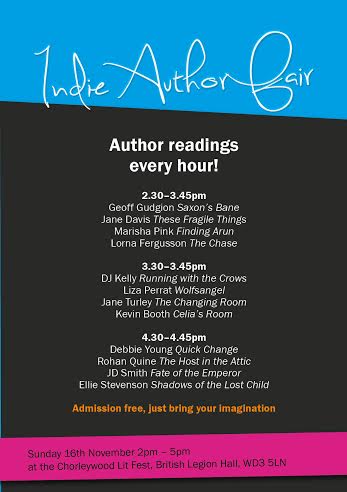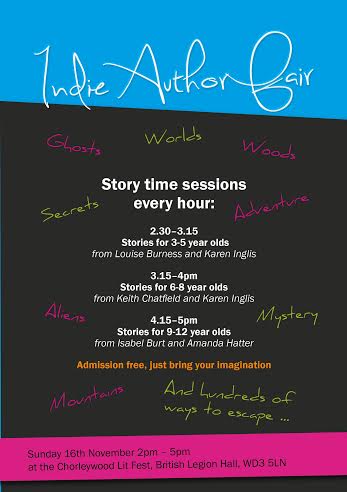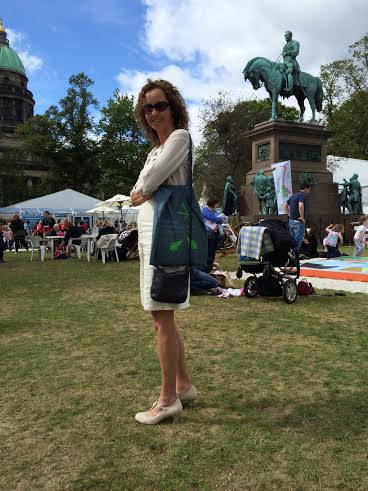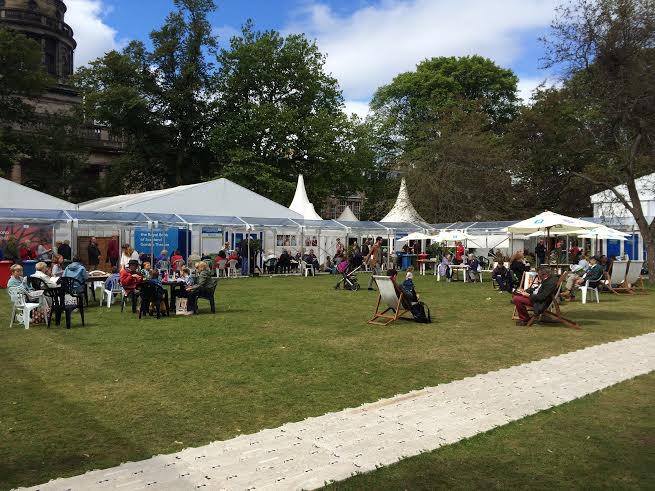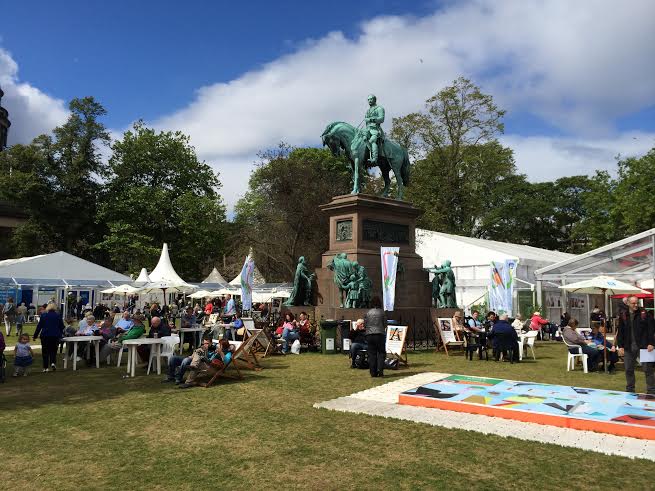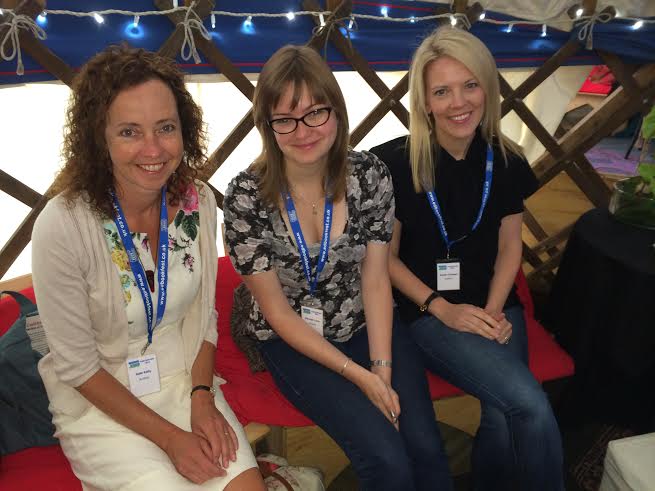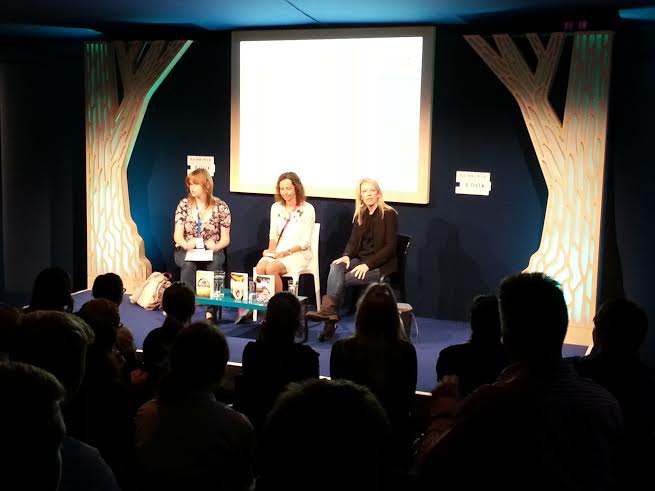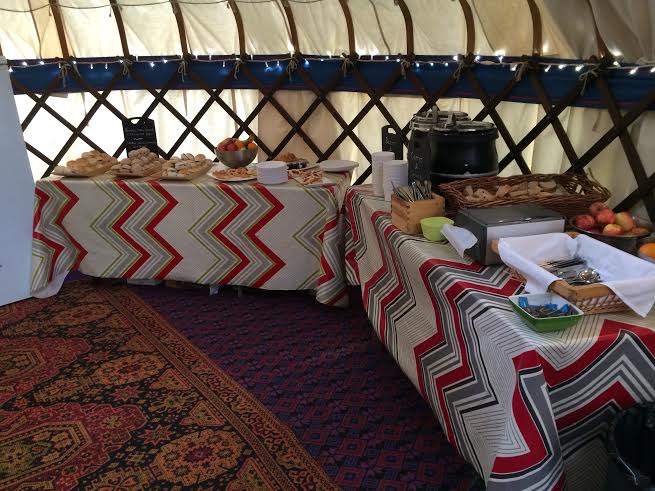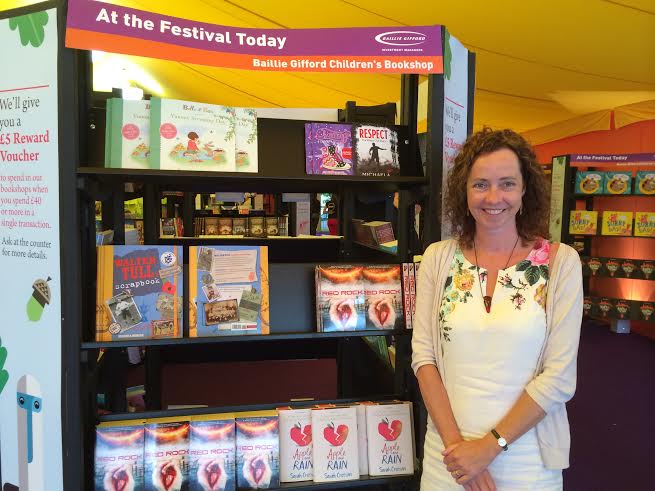Ladies and gentlemen, I am in the process of writing my third book. Three-quarter of the way to be more precise. Which puts me at number 7 on this list. Writing and publishing a book is amazing. The feeling when you have your published book in your hands is like no other. You did it. It is not easy however. It took me years to get my first book published. Mostly due to procrastination. My next one was finished and published within five months. Not bad for someone with acute morning sickness. My third has so far taken seven days to get three-quarters of the way through the first draft. Which is not bad. You can check out the first two here. I will get into how tedious and hard it is writing a book with my list of the stages below, but before we get to the list I will leave you with this amazing quote from Amy Poehler in her amazing book Yes, Please.
“Everyone lies about writing. They lie about how easy it is or how hard it was…No one tells the truth about writing a book…the truth is, writing a book is this: hard and boring and occasionally great but usually not. Even I have lied about writing. I have told people that writing this book has been like brushing away dirt from a fossil. What a load of shit. It has been like hacking away at a freezer with a screwdriver.”
The Stages of Writing a Book
- Hopefulness.
- Excitement.
- Despair.
- First quarter done. Glimmer of light.
- Despair.
- Epic melt down. Tell everyone you give up and would burn the book if it wasn’t on your computer.
- Resignation, decide that since you started you should finish.
- Wonder what breathing in fresh air is like.
- Get into the flow of it, it might be okay after all.
- Finish first draft. realise it is only the first draft. Cry.
- Read first draft. It’s awful. Cry some more.
- Despair.
- Start editing. Ignore the boredom and the fact there are so many more fun things to do than this.
- Realise that it’s not actually that bad.
- Finish editing first draft.
- Hope
- Happiness
- The possibility of it all being over soon
- Get draft back from proof reader.
- Despair
- Try to ignore the amount of grammar and spelling mistakes you made.
- Final edit, go through all suggestions and edit accordingly.
- Finish book: go on week-long champagne binge.
- Get cover back from designer. Has spelling error. Cry.
- Get cover fixed.
- Get book formatted for the different eBook and print versions.
- Despair.
- Finally see finished book: elation.
- Publish book and it starts selling: happiness like no other. Feel huge sense of achievement.
- Start writing next book.
- Despair.
What do you think? Are you a writer? What do you think are the stages of writing a book?


